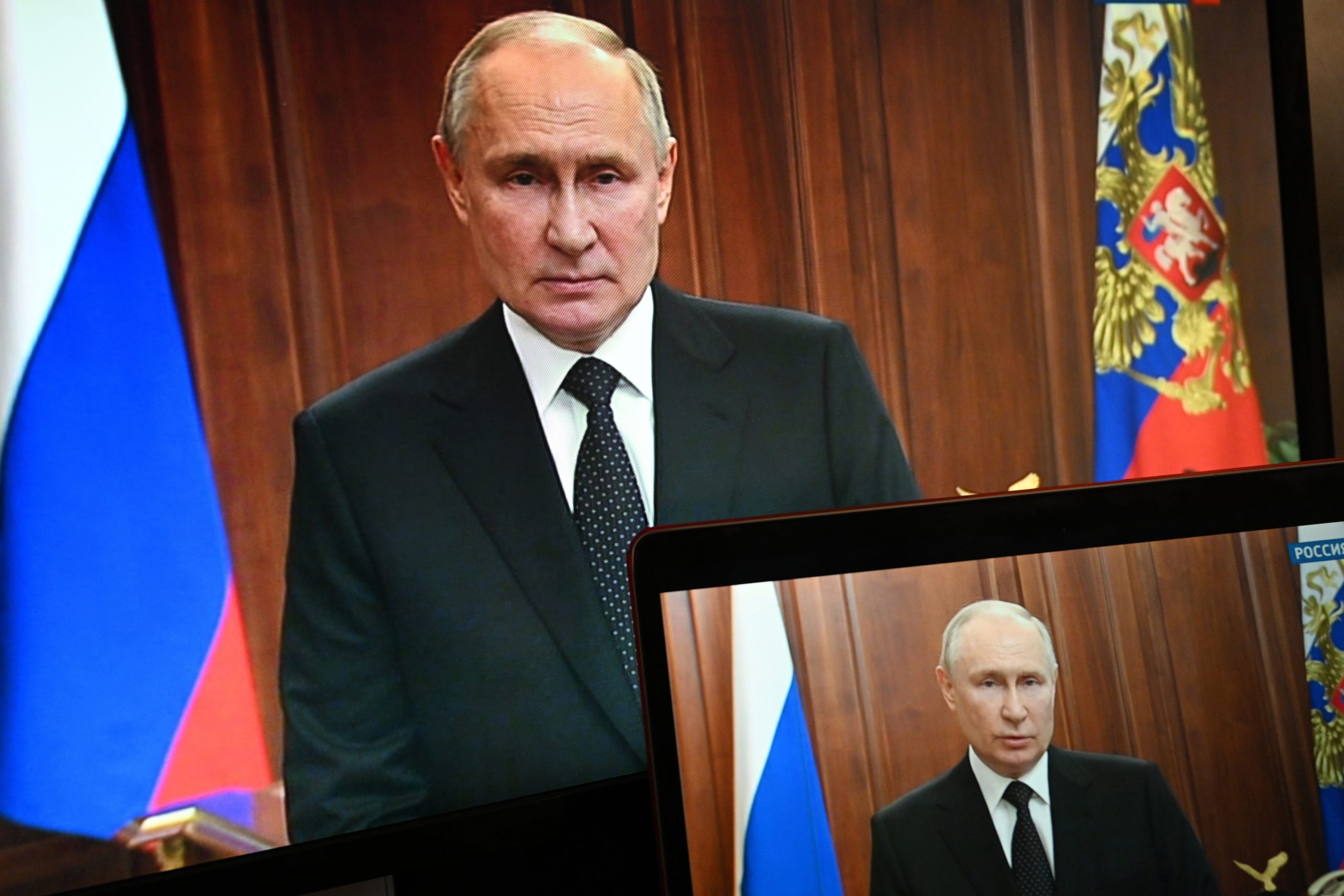Labour’s amendment also states that “Israel cannot be expected to cease fighting if Hamas continues with violence,” while the SNP motion does not.
That language has already been criticized by some left-wing Labour supporters, with the Momentum pressure group saying that “by making its call for a cease-fire so conditional and caveated, the Labour leadership is giving cover for Israel’s brutal war to continue.”
A Labour spokesperson said: “We want the fighting to stop now. We also have to be clear on how we prevent the violence starting up again. There will be no lasting peace without a diplomatic process that delivers a two-state solution, with a safe and secure Israel alongside a viable Palestinian state.”
Still with us? Time for some process-ology
Things could get even more complicated on Wednesday when the Commons vote comes.
The order of the votes will be a crucial factor in determining how Labour can whip its MPs for its desired outcome. Commons rules suggest the Labour amendment (if called) could be voted on first, then the SNP motion, and then a government amendment (if there is one and the SNP amendment is rejected.)
But it’s not at all clear cut. “It all comes down to how you interpret the wording of a standing order,” Ruth Fox of the Hansard Society said. “It reinforces our concern that these provisions could be set out and expressed more clearly so that MPs, journalists and the watching public can better understand what may happen.”




